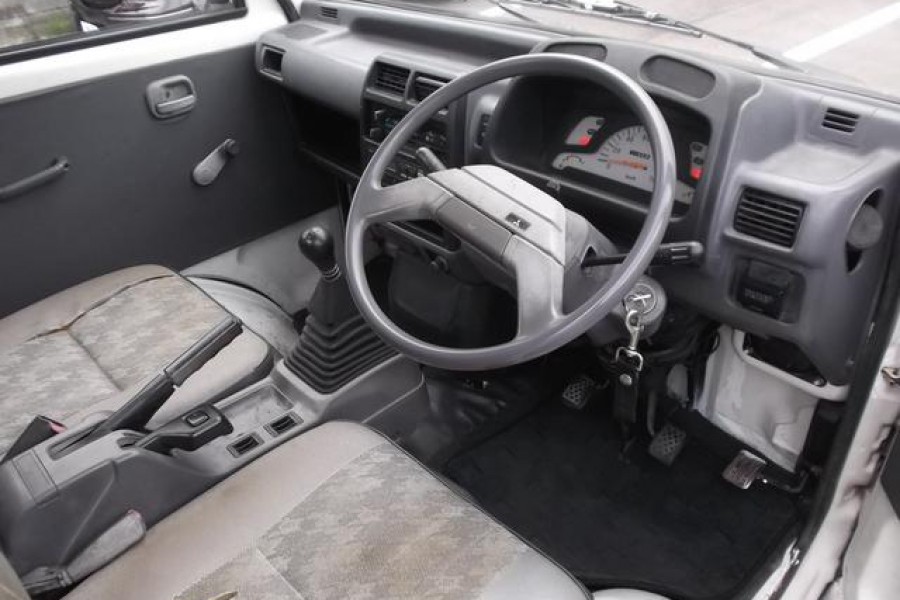How a Manual Truck Transmission Works
The emergence of automatic transmission cars has made many drivers on the road not that conversant with driving manual transmission trucks. Driving a manual transmission truck can be a nightmare if you have nobody to show you how to do it. It is important to know how a manual transmission works.
How a Manual Truck Transmission Works
Overview of a Manual Transmission Truck
Identifying a manual transmission truck is easy. All you need is to look at the driver’s side. You will see the Clutch, accelerator, and brake pedals at the foot. You will see the gear shifter having numbers. When driving a manual transmission truck, you must coordinate and balance how you control the steering wheel, the gear shifter, and the clutch pedal. Manual transmission is standard in trucks. In terms of reliability, they are better than automatic transmission.
How a Manual Transmission Truck Works
To understand how a manual transmission truck works, consider the gear ratio. The gears have teeth that mesh together to facilitate the smooth functioning of a manual transmission. The gears are of different sizes, and when a smaller gear meshes with a bigger gear, the smaller gear will have to rotate faster to put up with the bigger gear’s rotation speed. The difference between the big gear and the small gear is what is known as the gear ratio.
In the transmission system, the gears are mounted on shafts that turn the gears within the transmission system. The gear shift selector does the role of selecting gears that mesh together. The process of meshing is facilitated by the synchronizing rings and the constant-mesh hypothetical connectors.
When you engage the first gear, the engine will operate at an optimum RPM to produce the energy necessary to initiate motion in your truck. It is the reason why the first gear is termed heavy gear because of the role it plays. After your truck has gained the necessary momentum, you can shift to the next gear. The more you accelerate, the speed of your truck increases and the engine will maintain its RPM as it operates efficiently.
After attaining the highest gear, your truck will be at high speed. You will need to reduce the speed to stop, negotiate a corner or pass over potholes. You will have to reverse the gear. To reverse the gear, the shaft of your truck has to stop rotating, but the engine will keep rotating. The shaft will only stop rotating when it is disconnected from the engine. The Clutch disconnects the shaft from the engine temporarily to allow you to reduce gears.
How A Clutch Operates
The Clutch is among the three pedals in a manual transmission truck, and its disc is between the engine and the transmission. When you press the clutch pedal, the tension between the transmission and the engine reduces, and the transmission will stop rotating as the engine rotates.
Conclusion
Driving a manual transmission solely depends on the balance and the coordination between the Clutch, gear shifter, and steering wheel. You have to operate the three at the same time. A manual truck’s working principle is complex, and you will need somebody to train you before you start driving it.

